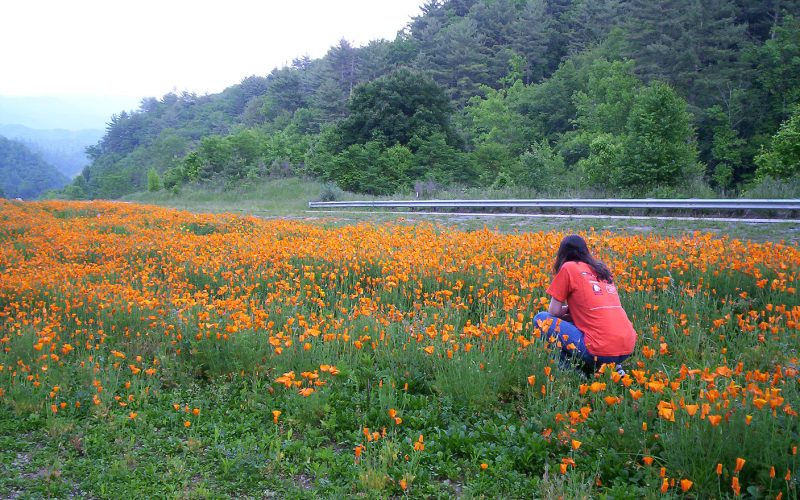By Mat DeKinder
Behold perhaps the most review-proof movie of all time: “Harry Potter and the Deathly Hallows: Part 1.”
Look, after six movies in the “Harry Potter” series you are either fully invested and are eager to see this thing through to the bitter end or you stopped caring so long ago that the only harry potter you know is the bearded dude down the street with the kiln.
But what is undeniable, devoted fan or no, is the massive cultural impact these films have had on an entire generation of movie-goers.
This saga of a young wizard coming of age, based on J.K. Rowling’s wildly successful literary series, is finally reaching its end. Well almost, hence the “Part 1” at the end of the title. Rowling’s last book has been split into two films, the second of which will open in the early part of next year.
Therefore this movie can’t help but feel incomplete and a tad unsatisfying as the sprawling story hurtles towards conclusion. It’s a good thing the book wasn’t released this way, with the last 300 pages left blank. Barnes and Nobles across the country would have been reduced to smoldering ash by rioting 14-year-olds.
So while it will be impossible to judge the full effectiveness of “Part1” until it has been joined by its companion “Part 2,” what is clear from watching this movie is that it manages to embody all the strengths and weaknesses of the entire “Harry Potter” series.
What Rowling, and by extension the films, should be praised for is constructing the single greatest magnum opus on coming of age. The sheer excitement and terror of emerging from adolescence into adulthood is perfectly examined in this fantasy world of magic and wizardry.
Even more exiting has been watching the young actors physically complete the process of growing up before our very eyes. Especially the lead trio of Daniel Radcliffe, Emma Watson and Rupert Grint who have gone from cute kid actors to full-blown adults capable of carrying an entire movie.
This is what stands out most notably about “Part 1;” while the “Harry Potter” films have gathered perhaps the greatest collection of living British actors to fill out the adult roles, nearly all have been reduced to bit players. This serves to emphasize the solitude of Harry and his friends while showing that the fate of the world truly does rest on their shoulders.
I did mention weaknesses before and if there are any failings in the series it is how beholden they are (and must be) to the source material. The dense world and plotting created by Rowling plays great on the page, but can at times be too much for the structural framework of cinema to support.
Alfred Hitchcock coined the phrase “MacGuffin” to describe an object in a movie that drives the action, but is ultimately unimportant when compared with how the characters react to it. The glowing briefcase in “Pulp Fiction” is a good example of a MacGuffin.
There are no less than half a dozen MacGuffin’s floating around in “Part 1” as Harry and his friends quest for a seemingly endless number of objects in order to destroy ultimate baddie Voldemort (Ralph Fiennes), who in turn is questing for an entirely (maybe?) separate group of objects to do bad things with.
The movie should come with flowcharts and a checklist. Even the gi-normous “Lord of the Rings” trilogy could be boiled down into one sentence: take evil ring, throw it in volcano. Good luck trying to do that with “Harry Potter.”
If you are willing to fight through the minutiae (and by this point I’m sure you probably are) the emotional resonance of “Part 1” is what you will leave the theater with. Growing up is a hard and ultimately lonely experience, but man is it a heck of a ride. Bring on “Part 2.”
“Harry Potter and the Deathly Hallows: Part 1” is rated PG-13 for some sequences of intense action violence, frightening images and brief sensuality.
▲ Mat DeKinder (mdekinder@yourjournal.com) was once described by a guy named Nate as the Jackie Moon of film critics. He appears courtesy of Suburban Journals of Greater St. Louis.





